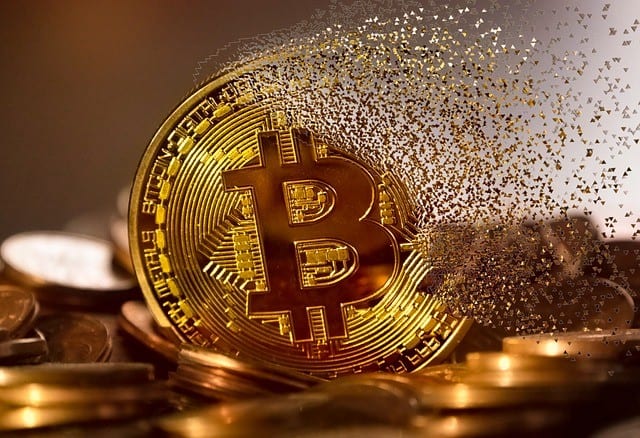In about ten months (on 1st April 2020, unless chaotic swings in the mining hashrate are witnessed) the virtual currency reward for mining new Bitcoin blocks will decrease from 12.5 Bitcoin to about 6 Bitcoin. The crypto market is already talking about the potentials of this change in regards to the market price of Bitcoin.
Much continues to change for the number one cryptocurrency, and the entire crypto and blockchain community since the last Bitcoin halving that happened on 9th July 2016. One of the contentious issues that surround Bitcoin halving is the inability of the market to determine the reaction and the market price of Bitcoin, or the economy that is built around it after the event.
So far, there have been two previous Bitcoin halving events since the emergence of cryptocurrency in 2009. Bitcoin halving is a fixed event that is designed to occur after the mining of or confirmation of about 210,000 Bitcoin blocks by Bitcoin’s platform.
Previously, after the first Bitcoin halving event that took place on 27th November 2012, the market prices of the leading crypto skyrocketed to what was then an all-time high of 1,000 USD. This happened after some 12 months after the halving event.
#bitcoin halving chart update: 10 months to go! pic.twitter.com/k5twM9r6KF
— PlanB (@100trillionUSD) July 1, 2019
The 2016 halving event made way for 2017 bull run that reached its peak in December the same year seeing the market price of Bitcoin hitting a mouth-watering price level of 19,000 USD.
Since reaching the mouth-watering price level of 19,000 USD, the prices of Bitcoin sharply fell back before a subsequent boom, with the fall seeing the prices of the number one crypto falling as low as 200 USD per token. Despite the fall, the market prices of Bitcoin later picked up momentum to the current rates and it is expected to go even higher in the lead up to the next halving event.
What People Need to Remember
What people need to understand is Bitcoin is created when its blockchain technology rewards an individual or a group of users for authenticating transactions. The Bitcoin platform gives Bitcoin tokens to miners who add blocks to its chain.
The Bitcoin tokens miners receive act as compensation from the network for the costs they incur while maintaining the system. Some of the cost’s miners incur during the process of preserving Bitcoin’s network include hardware upkeep and electricity bills that are usually high for this process. Often, miners sell the Bitcoin tokens they receive from Bitcoin to take care of their overheads, releasing new Bitcoin virtual tokens into the virtual economy.
Ideally, the Bitcoin halving event is designed to happen after every 4-years after the last event, and it entails reducing the prices of rewards miners receive from the network by 50 percent.
At the moment, Bitcoin miners receive about 12.5 Bitcoin tokens or BTC, which is equivalent to about 43,000 USD, every time they efficiently mine a block. In the next halving event that will take place in May 2020, miners will earn about 6.25 BTC, which is equivalent to 21,000 USD from the current 12.5 BTC.
While this may invoke enormous consequences for the network, it is not all gloom and doom, and this is why you should not get worried.
Bitcoin’s Halving Event is Satoshi’s Way of Combating Inflation
Unlike hard currencies that are generally inflationary, Bitcoin’s upper limit supply currently stands at 21 million. Once the 21 million supply limit is attained, the network cannot generate Bitcoin anymore.
The purpose of the constant Bitcoin halving event is to ensure the number one cryptocurrency does not fall victim of excessive inflation by checking its circulation in the virtual economy. In an email to media outlets, Bitcoin creator, Satoshi Nakamoto, explained the idea behind Bitcoin’s Halving in the past:
“It is a fact that when new coinage is produced the money supply increases by a planned amount and does not necessarily have to result in inflation. When the supply of coinage increases at the same level as the number of people using it, the prices remain stable”
The Bitcoin creator had added further,
“But if the coinage does not increase as fast as demand, the opposite of inflation will occur, and early holders of the currency will see its value increase. In an economy, money has to be distributed and produced somehow, and a constant rate seems to be the best formula.”
Disclaimer: The presented information is subjected to market condition and may include the very own opinion of the author. Please do your ‘very own’ market research before making any investment in cryptocurrencies. Neither the writer nor the publication (TronWeekly.com) holds any responsibility for your financial loss.
Never miss our daily cryptocurrency news, price analysis, tips, and stories. Join us on Telegram | Twitter or subscribe to our weekly Newsletter.

